H.H Maharaja Sir Bhupinder Singh GCSI GCIE GCVO GBE, who was born on October 12, 1891, succeeded his father in 1900. He was educated at Chiefs College, Lahore. The Council of Regency was constituted to look after the state affairs during the minority of the new ruler. He assumed administrative control in 1909. He participated in the coronation celebrations in Delhi in 1911. He helped the British in the First World War (1914-18). He attended the War Conference in London in 1918. He was a first rate sportsman, an astute politician and an able administrator. He was the Chancellor of the Chamber of Princes for a long time. In 1928, he represented the Indian States Committee. He also represented them at the Round Table Conference in London, in 1930. He was a great patron of art, education and literature and bad a big collection of historical and artistic interests.
From his honorary military rank of Major-General he was promoted to the rank of Lieutenant-General, in 1931. In 1935, he attended the Silver Jubilee of George V in London. He died on March 23, 1938, due to haemorrhage. He remained loyal to the British. As a devoted Sikh he proclaimed, ‘I am a Sikh and must live and die as a Sikh’.
Almost all branches of state administration received the personal and careful attention of Maharaja Bhupinder Singh. There was, throughout, a lot of activity in the internal and external matters relating to the state. The district boundaries were redrawn and civil administration was thoroughly improved.The Maharaja had a great love for music. Ali Bux, the reputed disciple of Ustad Tanras Khan, was employed as court musician at Patiala. Under Bhupinder Singh’s patronage the Patiala gharana of music attained national prominence.
Maharaja Bhupinder Singh’s manoeuvres against Ripudaman Singh of Nabha went a long way to the latter’s forced abdication. This resulted in bitter criticism of the Patiala ruler by the Sikh leadership, the treatment of Sewa Singh Thikriwala at the handset the Patiala government also proved a strong irritant between the Akali leaders and the Maharaja.
Maharaja Bhupinder Singh was liberal in his religious outlook. The educational institutions such as the Banaras Hindu University, the Aligarh Muslim University and the Khalsa College, Amritsar, received grants worth lakhs of rupees from him.
The Maharaja had a commanding and domineering personality. In a gathering of Indian princes, beside him, other Maharajas looked ‘rustic’ Such was his regal presence. Lord John making observations about him wrote, “From his accession in 1900, to his death in 1938, Maharaja Bhupinder Singh was Patiala, was perhaps the Sikh nation and even for many in Europe, was India.” There is no denying the fact that during his life time Maharaja Bhupinder Singh dominated the Indian princely order like a colossus.
H.H Maharaja Patiala and Sports :-
Sir Bhupinder Singh of Patiala was noted both as a sportsman and a patron of sports. He was captain of the Indian cricket team that visited England in 1911,and played in 27 first-class cricket matches between 1915 and 1937.For the season of 1926/27, he played as member of the Marylebone Cricket Club.He was selected as the captain of India on its first Test tour of England in 1932, but dropped out for reasons of health two weeks before departure and Natwarsinhji Bhavsinhji, the Maharaja of Porbandar, took over.
Singh was a co-founder of the Board of Control for Cricket in India (BCCI), the national sports administration body for cricket in India, and the donated the Ranji Trophy in honour of Kumar Shri Ranjitsinhji, Jam Sahib of Nawanagar. H.H of Patiala’s cricket and polo teams, Patiala XI and Patiala Tigers, were among the best in India.
A Great Collector :-
Lieutenant General H.H Maharaja Sir Bhupinder Singh of Patiala was great collector , He was noted for collecting various items, including cars, jewels, medals, paintings, watches, wines, and spending sprees in Europe, In 1925, he made the largest ever single order to Cartier to date for jewelry worth ₹1,000 million (equivalent to ₹210 billion, US$2.5 billion or €2.4 billion in 2023).One of his wives, H.H Maharani Bakhtawar Kaur, presented Queen Mary of the United Kingdom with a necklace on behalf of the Ladies of India during the Delhi Durbar of 1911.He was also known for an exceptional collection of medals, believed to be the world’s largest at the time.Sir Bhupinder Singh also owned a fleet of 44 Rolls-Royce cars. Maharaja Bhupinder Singh was the first Indian to own a private plane and built an airstrip in Patiala
References :-
- Samerset Playne, op. tit., p. 238
- K. M. Panikkar, An Autobiography, Madras, 1977, pp. 85-86
- Histroy of the Sikhs book
- Lord John, The Maharajas, London, 1972, p. 161


